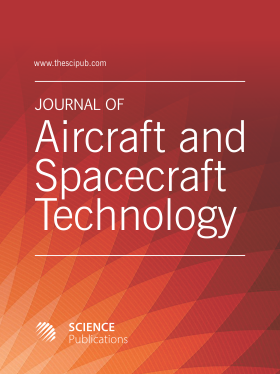On Wing Tip Flow Around a Low Aspect Ratio Wing at Low Flight Speeds Using OpenFOAM® and Parallel Processing
- 1 Division of Aerodynamics and Flight Mechanics, Hellenic Air Force Academy, Dekelia Air Base, Acharnes Attikis, Tatoi, Greece
- 2 Department of Mechanical Engineering, University of West Attica, 250 Thivon P. Ralli Str., Athens, Greece
Abstract
In the present study, the effect of the wing tip geometry on the aerodynamic performance of a swept-back wing at moderate Reynolds numbers is investigated through numerical simulation and parallel processing. The aim is the identification of streamlines around the wing and subsequently the formation of the wing tip vortex. Due to the purely three-dimensional character of the flow, the turbulence is resolved with advanced modeling, i.e., the Improved Delayed Detached Eddy Simulation (IDDES) which is well customized to switch modes between Large Eddy Simulation (LES) and Reynolds Averaged Navier Stokes (RAS) thus increasing the accuracy in the shear layer regions, the tip vortex and the wake while at the same time keeping the computational cost at reasonable levels. The simulation of the flow verifies the positive effect of rounding the wing tip, in comparison to flat/cut-off configuration, in terms of increase of lift, reduction of downwash, and induced drag under cruise conditions. By maneuvering conditions the rounded tip wing fails to obstruct the formation of the wing tip vortex, nevertheless, it also delivers well in terms of aerodynamic performance.
DOI: https://doi.org/10.3844/jastsp.2025.1.11

- 6,130 Views
- 1,562 Downloads
- 0 Citations
Download
Keywords
- Improved Delayed Detached Eddy Simulation (IDDES)
- Wing-Tip Vortex
